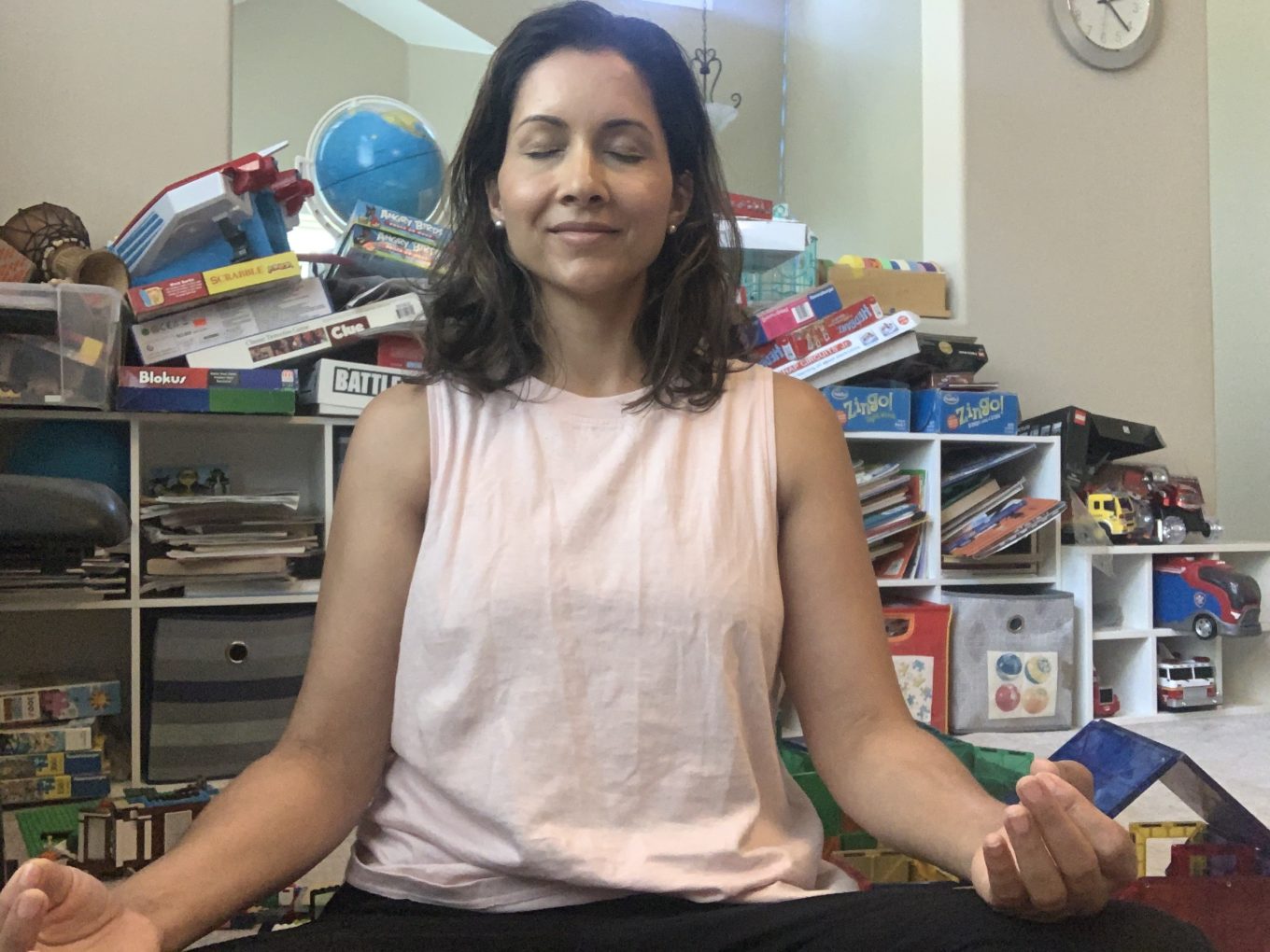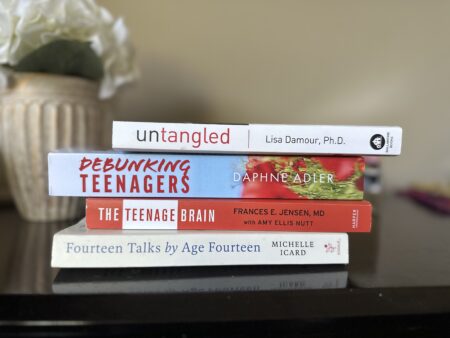It is 5.30am.
I peel my elbow, knees and toes away from the three tiny bodies slumbering in my bed. Even though it is a king-sized bed, it barely contains us. Some part of my body is stuck to another’s.
I am desperate for them to stay asleep. I carefully inch to the side of the bed. I slowly slide off. Feet first. I fall to my hands and knees, crawling towards my meditation area in the corner of the room. I am familiar with this crawl-to-escape move from when they were babies.
Phew. Made it. Still sleeping.
I sit on my cushion. I try to settle in but the waves of anger are riding through me.
Why are they all in here?
This detail has the ability to impact my entire day. During these months of never-ending-quarantining and homeschooling, the early morning is my only personal time for work, prayer and exercise.
The control being with them instead of me is really what angers me.
I jolt myself back to my practice and set my timer.
I close my eyes. Thoughts flood my mind.
Ugh. This is MY time.
I push on. Push forcefully with meditation, ironically.
Soon, a whisper breaks my weak concentration:
“Mom, what are you doing?” I hear from the bed.
“Shhh!” I spurt. I am frantic to put out the vocal embers.
My eyes pop open. I am ready to hop up and yell. But I don’t.
I get back to my breathing. I hope the event is over. Contained. Controlled.
Shortly after, however, my eyes force open. “Hey, scoot over!” a child screams. “You’re on my side!” another argues.
My meditation is O-V-E-R. Or is it?
When this happened last week, I erupted out of my seat, yelled and then kicked everyone out. I later spent the entire meditation regretting my choices.
I wanted to do it differently this time. Because this is where the real growth happens.
EMBRACING CHAOS AS PART OF YOUR PRACTICE
In the days of never-ending-quarantining and homeschooling, meditating can feel even more challenging than normal. Without personal space, boundaries and designated “me” time, our sanity gets challenged. It is in this space that we need meditation even more.
“I have so much to accomplish today that I must meditate for two hours instead of one.”
Mahatma Gandhi
But we cannot control many parts of our circumstances now. So, how can we learn to embrace the chaos as part of the practice?
The answer: experiment with weaving chaos into your practice rather than eliminating it.
Instead of focusing on creating the perfect meditation environment, practice meditating despite the disturbances.
In an article, “Gurudev Sri Sri Ravi Shankar, a meditation and thought leader, says, “What you resist, persists!” In other words, the more you fight the noise and try to push it away, the more it will bother you.”
So whether garbage trucks or a snoring partner find their way into your practice, stay still and embrace it in stillness. Some ideas on how:
1. START BY FOCUSING ON YOUR BODY
By focusing on bodily response, we acknowledge our emotions. In doing so, we can more easily release them, as one yogi shares: “I try to stop the flow of words going through my head and instead focus on the physical feelings it is producing in my body. This is helpful because somehow it allows me to aknowledge my irritation, accept it, and move on. Then it just becomes a sound.”
Internally say things like, “My chest is tight. I’m mad they are awake.” This can help you process emotions. You can release them with more self talk: “But, I know everything will be ok. This will pass,” are good examples of processing.
2. ACKNOWLEDGE AND DROP THE EXPECTATIONS
The anxiety with my morning ritual is tied to how dependent upon it I am for feeling productive. When my practice is interrupted, I feel that I did not have a “good” session. No workout? I’m behind for the day. These are goals that I have arbitrarily set for myself to prove worthiness.
What if my goal for the session was to practice my patience? To stay silent? To try to release my emotions? To be happy that day without a workout. Those are just as valuable to experience as a deep, calming meditative practice is.
Examining the pressure around the activity can help eliminate stress.
3. A NOISY PRACTICE IS THE BEST TRAINING FOR REAL LIFE
It easier to be in a calm, peaceful mental place while sitting in a still environment. Then, we open the door to real life without the perfect setting.
But if we are honest, it is the imperfect situations that test our patience with people and circumstances. Our practice develops that patience.
What if we trained for these moments?
Just as we work our way up with weights in the gym, we can “add weights” to our spiritual practice.
The skills you learn sticking with a noisy meditation, whether at home or in a public space, can help you center in everyday moments. You build resiliency in these moments when your practice derails.
The training and resiliency built in these moments can be accessed more easily when the children are fighting or traffic builds up on the freeway.



“It easier to be in a calm, peaceful mental place while sitting in a still environment. Then, we open the door to real life without the perfect setting.” So true.